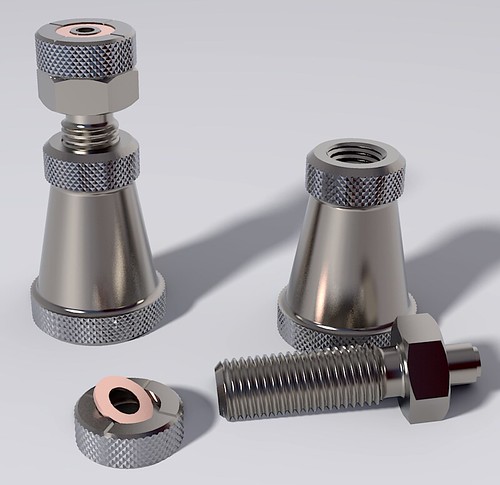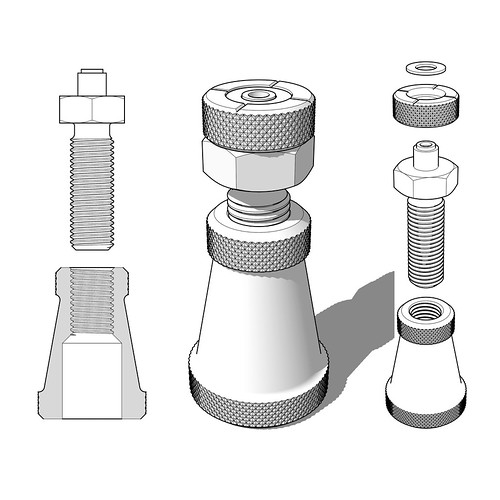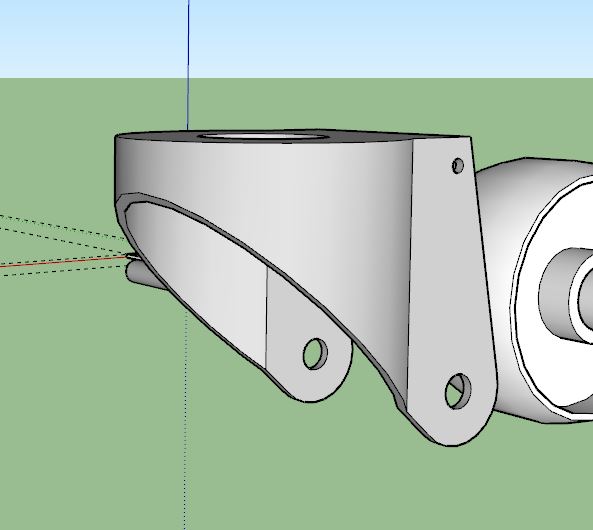@dave r said:
@deivis1992 said:
Also is Sketchup suitable software for making small/detailed objects ? I keep getting a message that "Radius is too small or number of segments is too large for given angle".
It is possible to model small, detailed objects in SketchUp. The body of this machinist's jack is 56mm tall. Although they can exist, SketchUp doesn't create tiny faces. The solution is to use the []Dave Method](https://sketchucation.com/forums/viewtopic.php?f) as pbacot indicated or work at a larger size and scale down after modeling.
You've surely noticed that SketchUp approximates arcs, circles and other curves using a series of straight edge segments. The message you report appears when you try to make a very small radius arc or circle in which those segments would be too small for creating faces. It is intended to help users avoid holes in their models and was especially aimed at models for 3D printing. Holes in surfaces prevent models from being printable.


@deivis1992 said:
In addition, is it possible to see how a part was drawn is skectchup ? when you downloaded something from warehouse ? I mean exploding a view or something ?
It depends on how it was modeled and if the individual parts were made as components or groups. If they were, you can move them away from each other so you can look at just the caster frame, for example. It is sometimes possible to suss out how the author modeled something using clues they might leave behind in hidden geometry and such. Some times you just have to guess, though.
@deivis1992 said:
Just simply create a visual of a wheel and attach it to the furniture that's the main reason.
I would never tell you not to model the caster because it would be a good learning experience. If you are interested in modeling caster or other small hardware, you should do that. In the interest of expediency, however, you might consider using a caster from the 3D Warehouse if you can find one that is close enough. Or use one as a starting point and modify it as needed. If you do choose to use one from the Warehouse in your project, don't insert it directly. Open it first in a separate SketchUp session so you can examine it and make sure it is suitable. Check its dimensions, look for unneeded detail and remove it and so on. As I wrote before, you won't need details like bearings and rivets or screws. If a caster you download from the Warehouse has those, take a few minutes to remove them and clean up the model to reduce its file size. Also check to see that face orientation is correct and fix any that are reversed. In Model Info>Statistics, Purge Unused and then save the component locally so you can import it into your furniture model.
Thank you for such a long and informative answer.
So I have exploded caster wheel but how to find out how was the frame drawn ?
Please see attached.


 .
.
